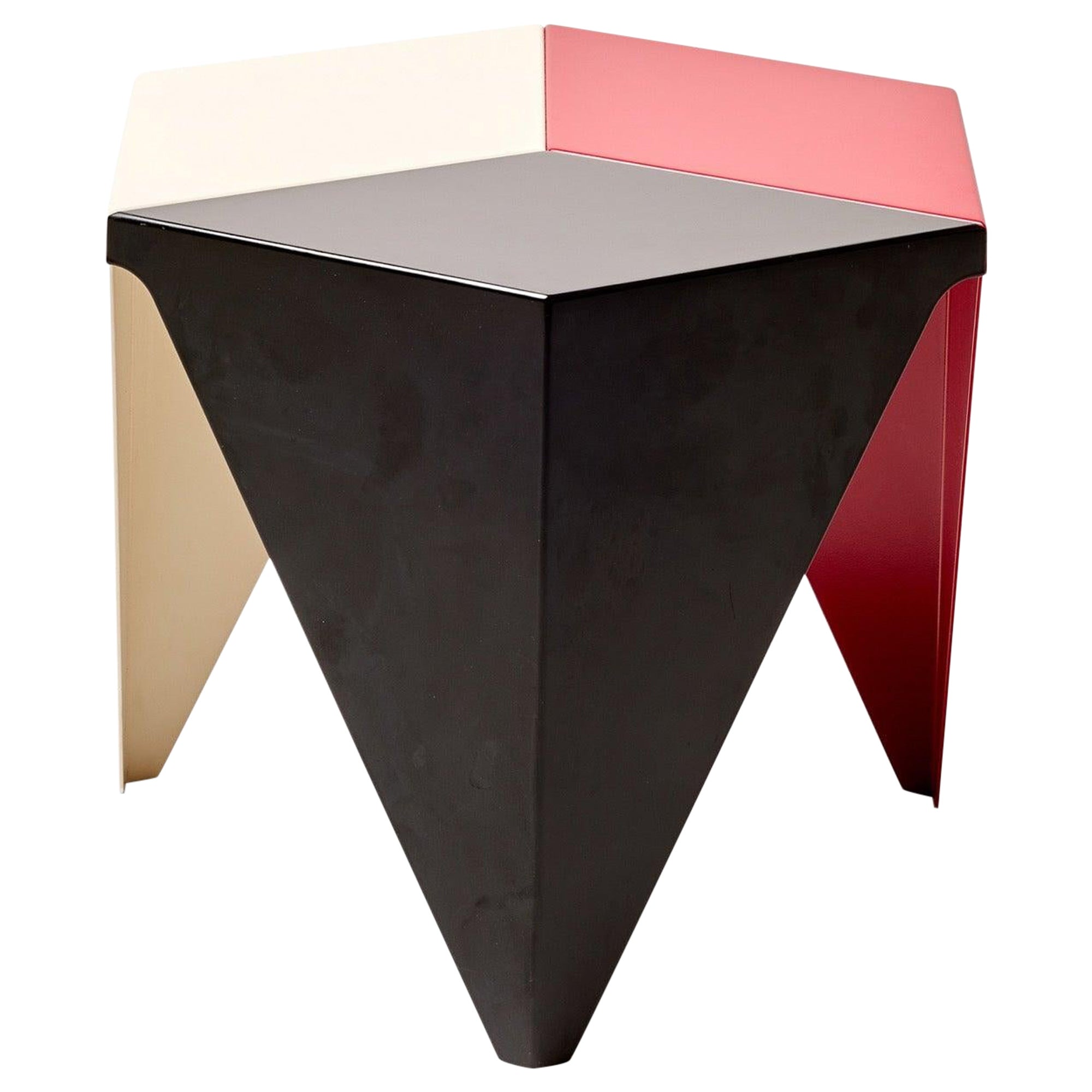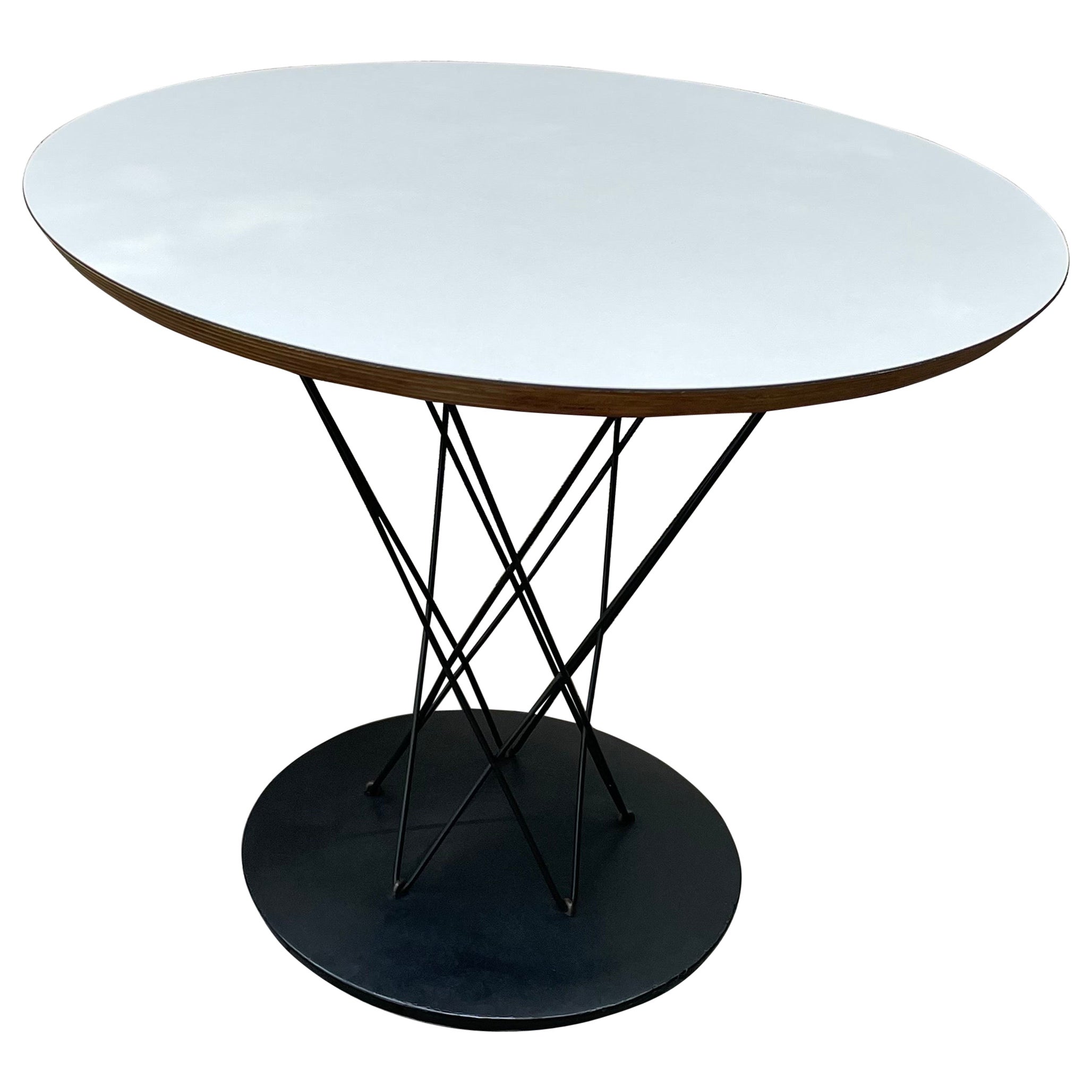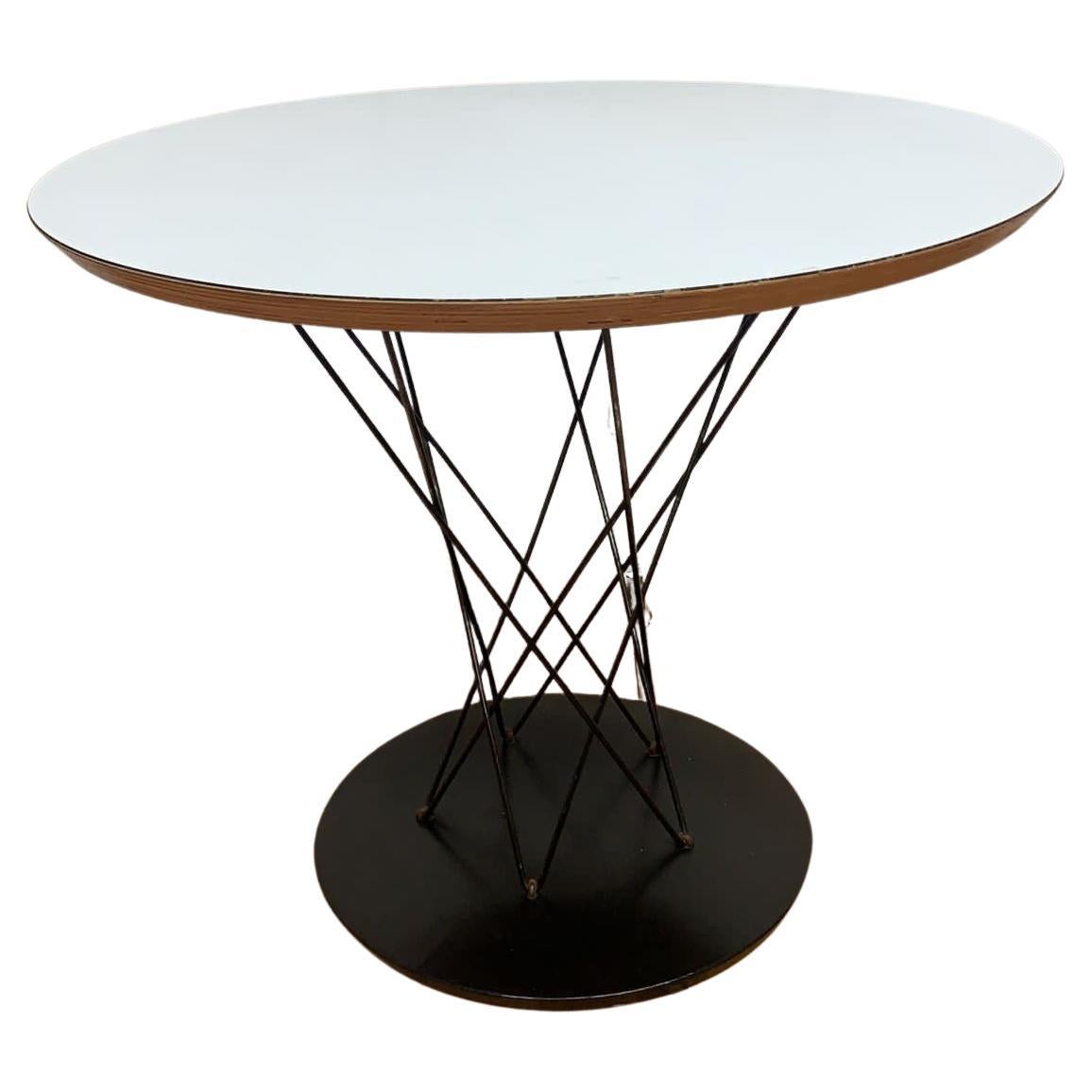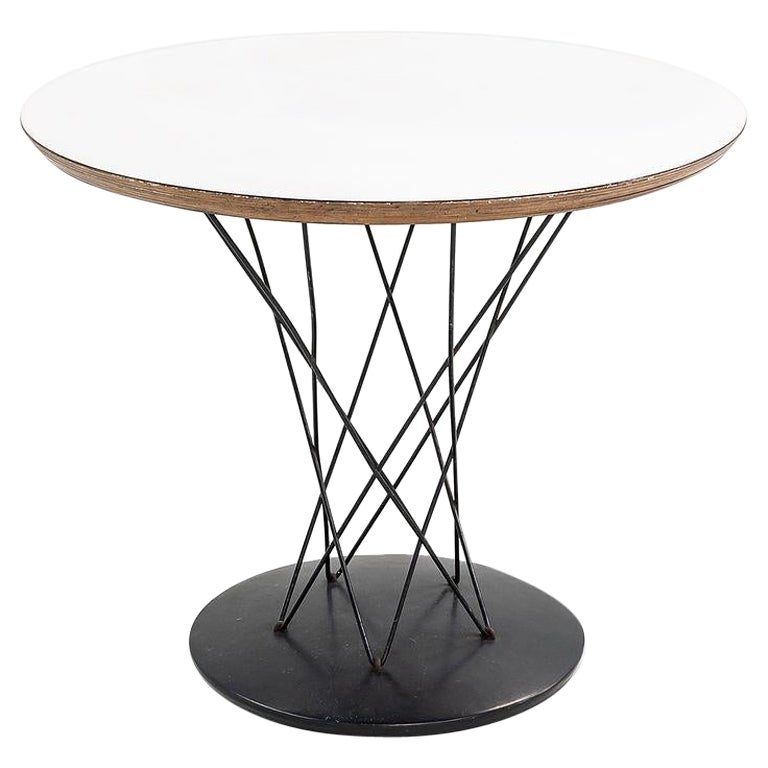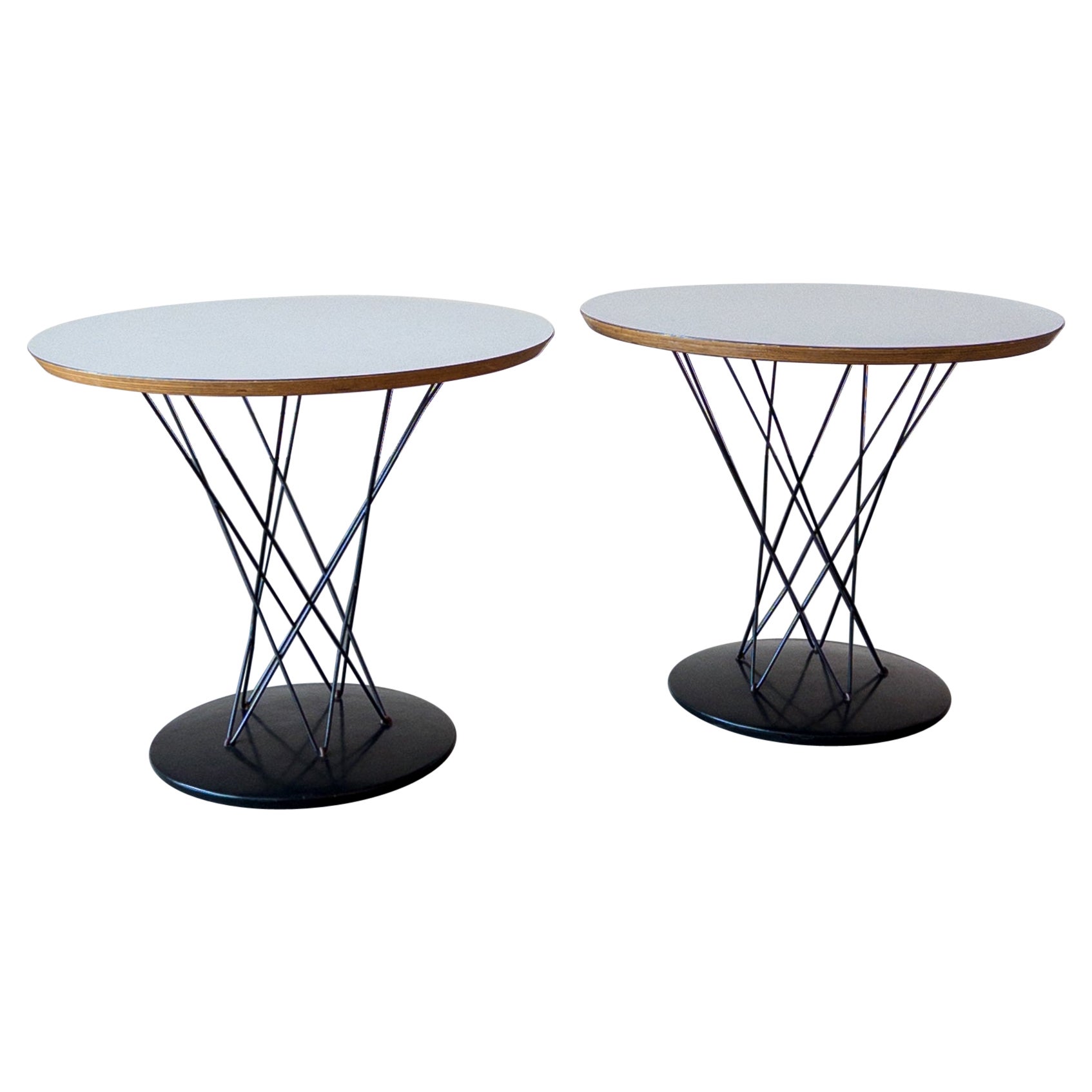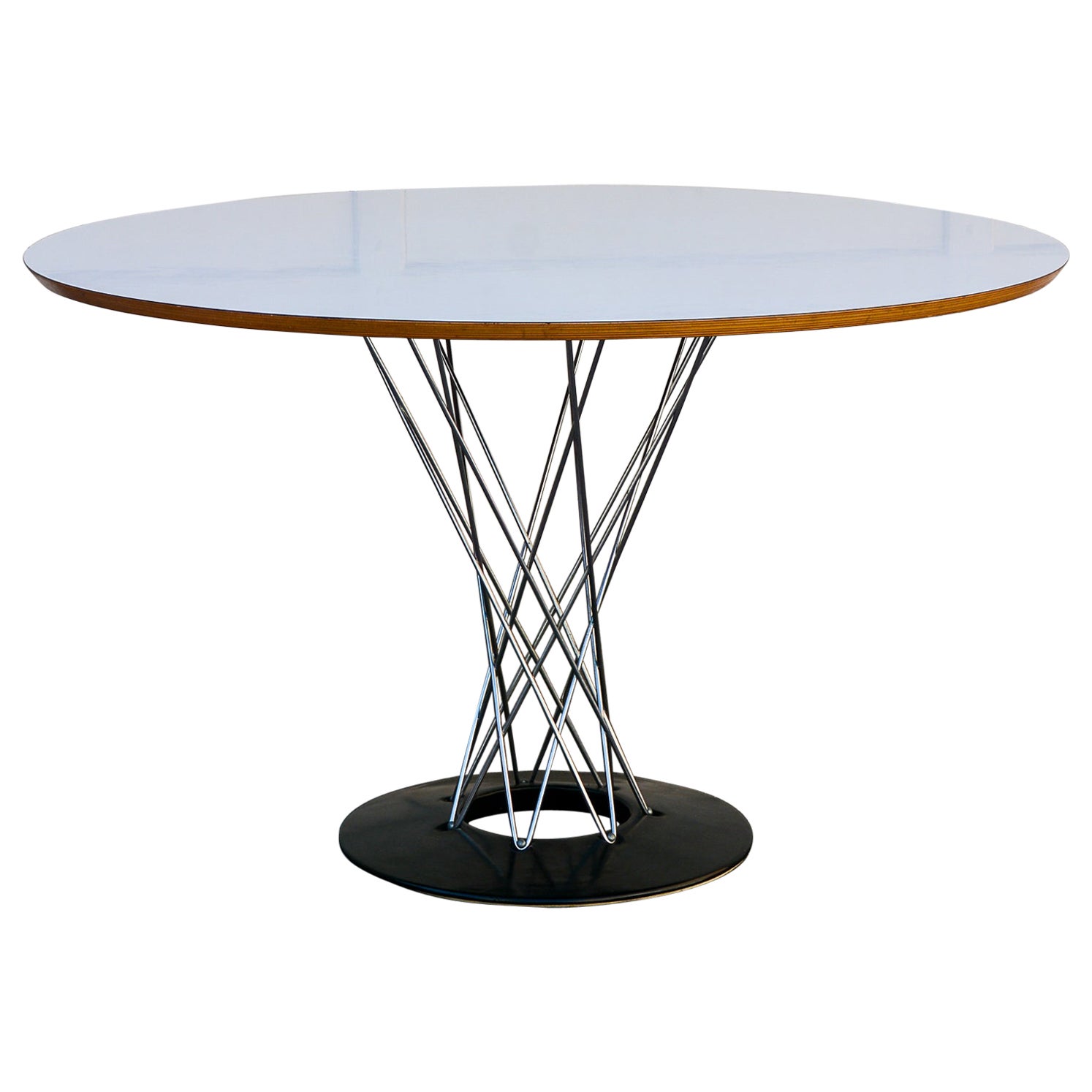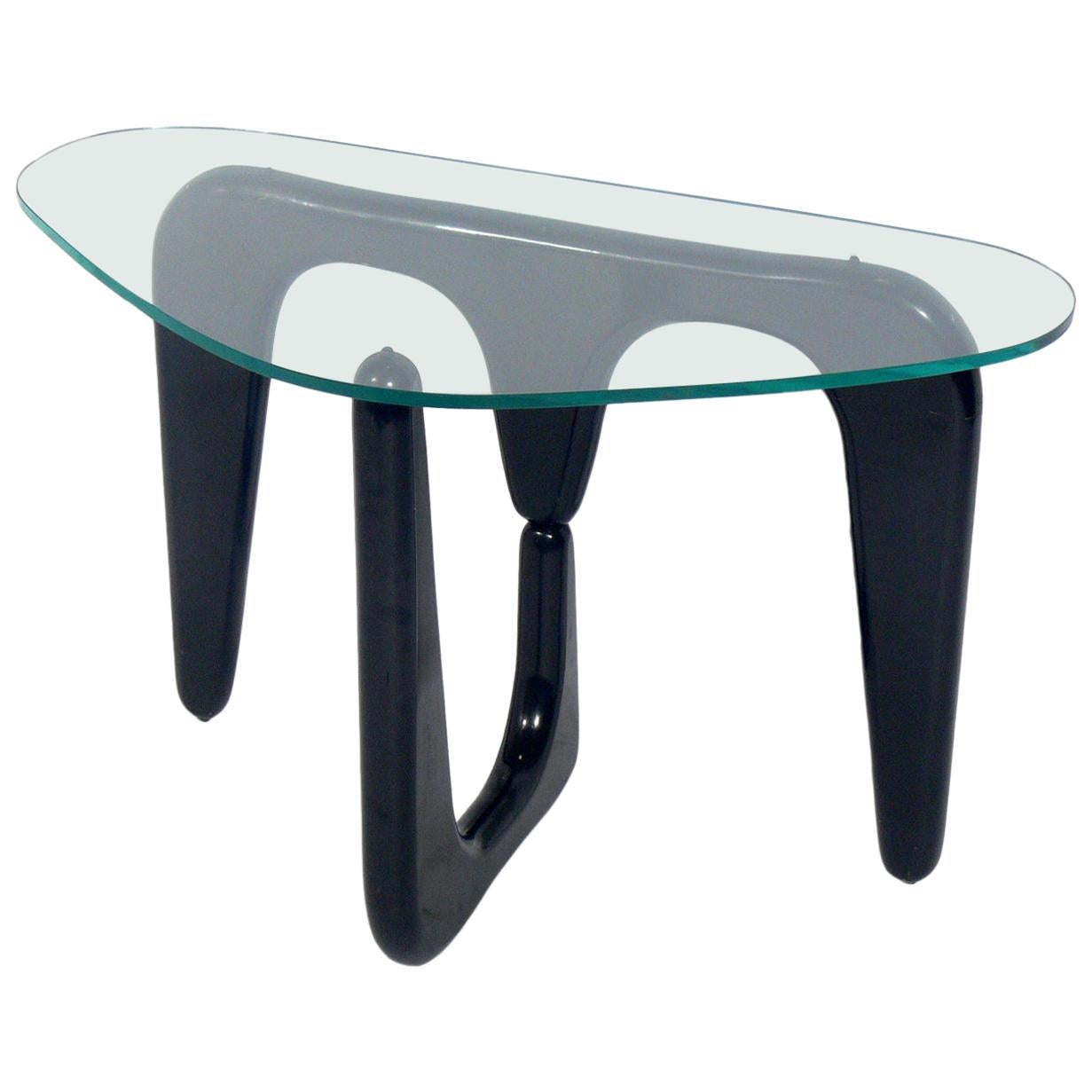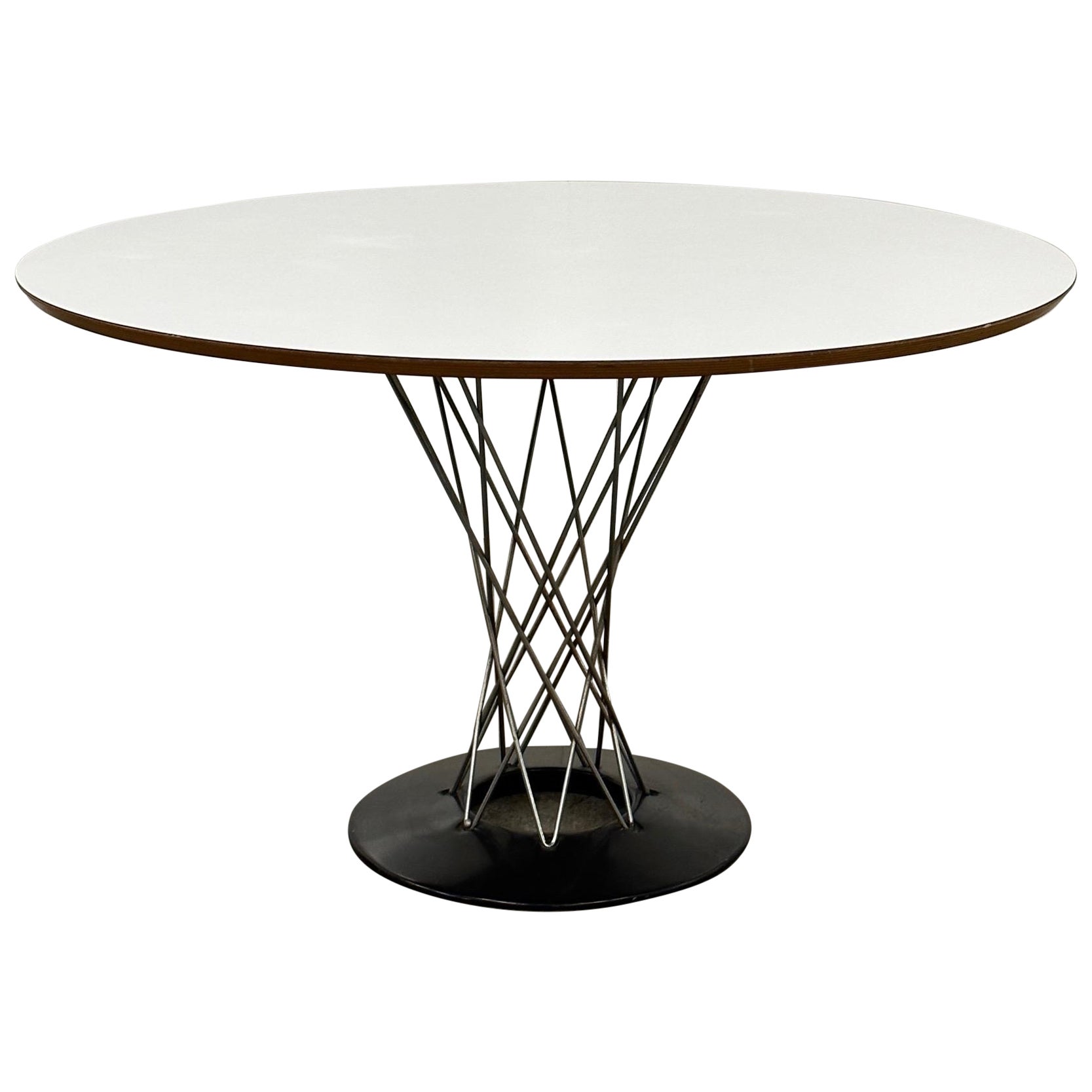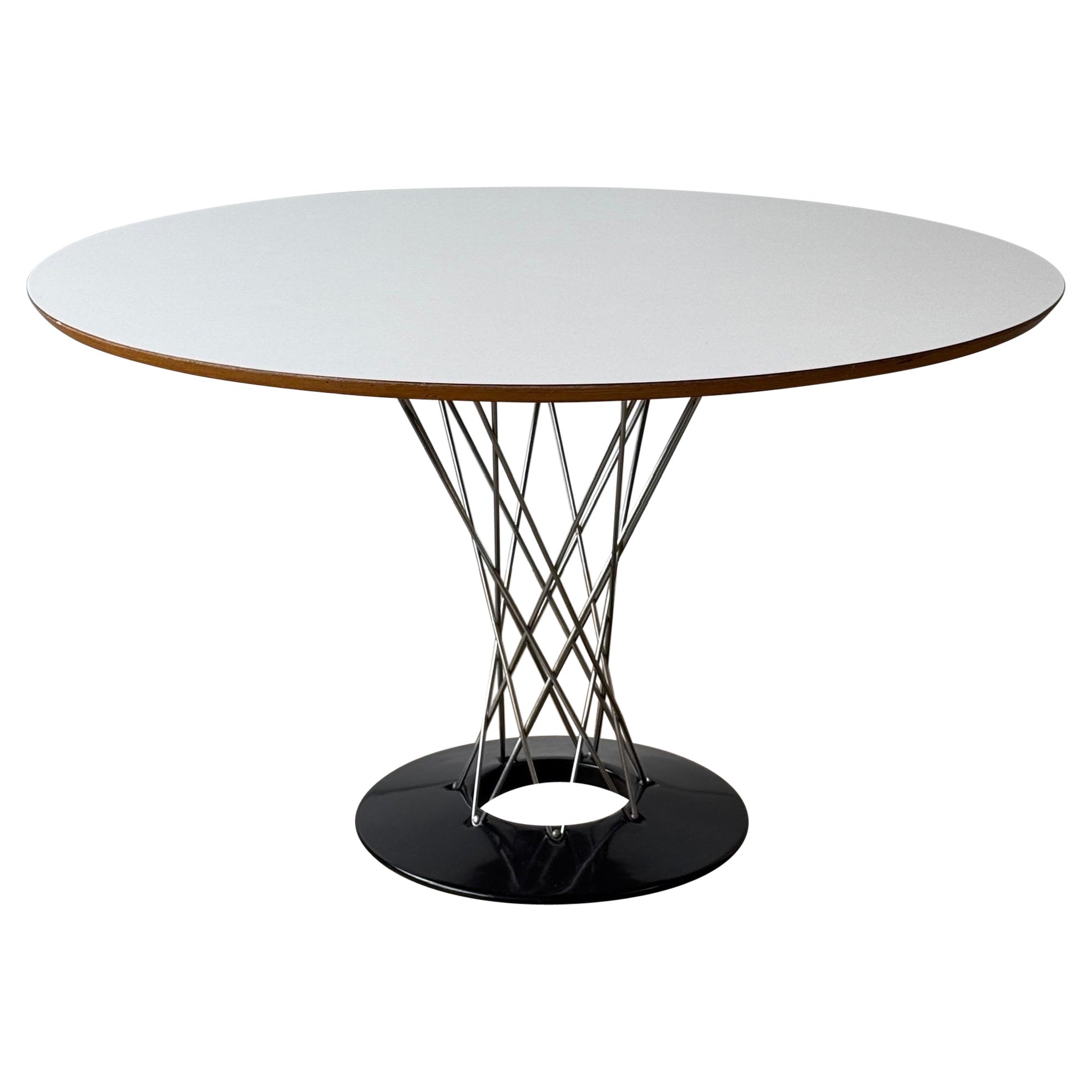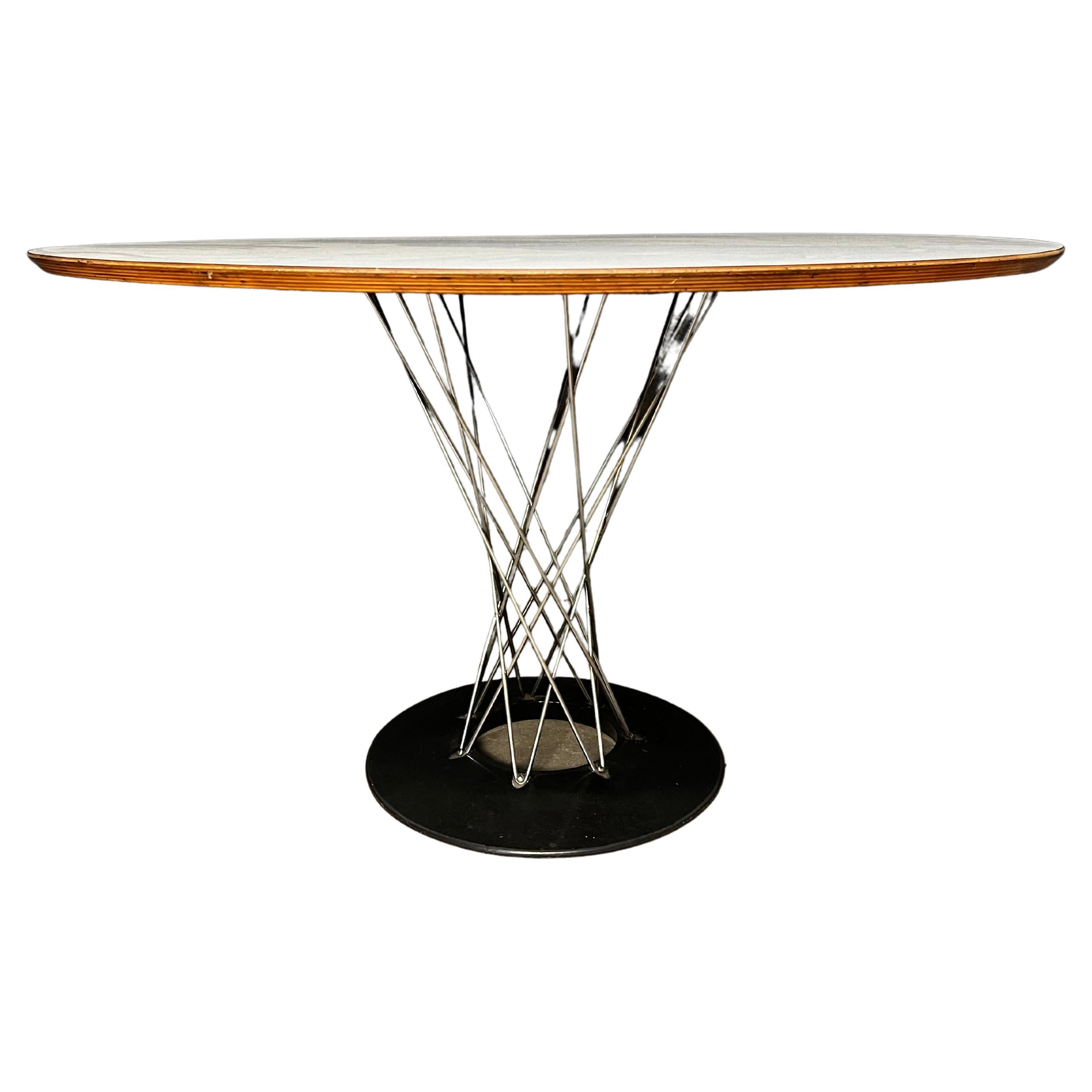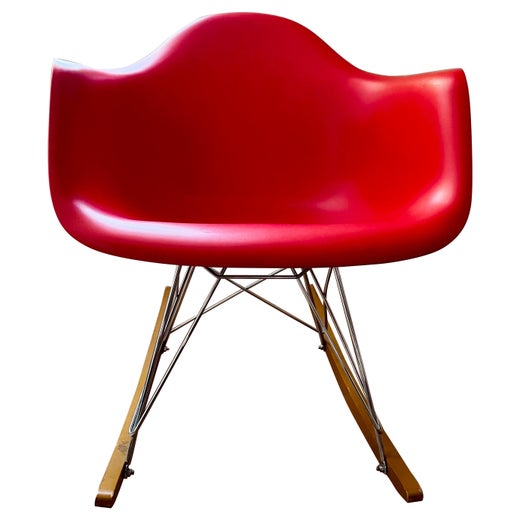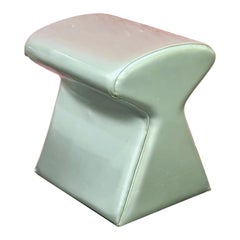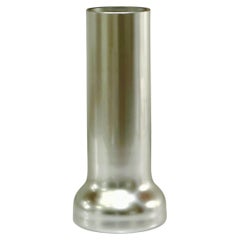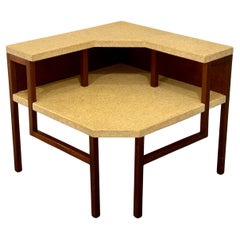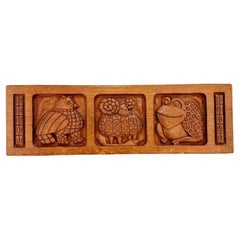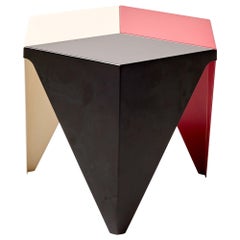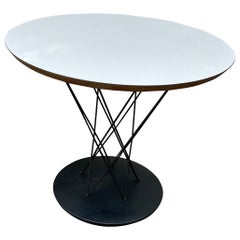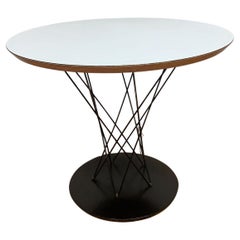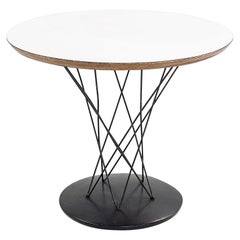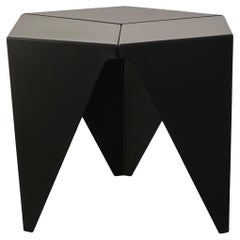
Isamu Noguchi for Vitra Black Aluminum Prismatic Table 2002 Edition
View Similar Items
Isamu Noguchi for Vitra Black Aluminum Prismatic Table 2002 Edition
About the Item
- Creator:Vitra (Manufacturer),Isamu Noguchi (Designer)
- Dimensions:Height: 15 in (38.1 cm)Width: 18 in (45.72 cm)Depth: 18 in (45.72 cm)
- Style:Mid-Century Modern (Of the Period)
- Materials and Techniques:
- Place of Origin:
- Period:
- Date of Manufacture:2013
- Condition:Wear consistent with age and use. Light scratches on surface commensurate with age and light use. Wear to paint on feet where touch floor.
- Seller Location:Cathedral City, CA
- Reference Number:Seller: OC 96741stDibs: LU8352234052082
Isamu Noguchi
A sculptor, painter, ceramicist and furniture and lighting designer, Isamu Noguchi was one of the most prolific and protean creative forces of the 20th century and a key figure in the development of organic modernism. Noguchi’s sculptures and designs — his chairs and tables as well as his timeless Akari lamp and other lighting fixtures — share a common spirit: one of lyrical abstraction, tempo and flow and harmonious balance.
Noguchi was born in Los Angeles to an American mother and Japanese father, and spent most of his childhood in Japan. He returned to the United States at age 13, went to high school in Indiana and enrolled at Columbia University to study medicine. At the same time, he took night courses in sculpture.
Within three months, Noguchi left college to pursue art full time. Noguchi was awarded a Guggenheim Fellowship in 1927 and traveled to Paris to work under Constantin Brancusi. It marked a turning point. Inspired by Brancusi, Noguchi embraced abstraction and began to sculpt in the expressive, rhythmic style that would be the hallmark of his work.
Once back in New York, Noguchi was introduced to design by what would become a lifelong collaboration creating sets for choreographer Martha Graham. His first industrial designs were in Bakelite: the sleek Measured Time kitchen timer created circa 1932, and his famed Zenith Radio Nurse intercom, from 1937.
Ten years later, Herman Miller introduced Noguchi’s now-iconic glass-topped coffee table with an articulated wooden base. His washi paper and bamboo Akari light sculptures, handmade in Japan, debuted in 1951. In the late 1950s, Noguchi designed for Knoll, creating such pieces as his dynamic Cyclone table and rocking stool.
For collectors, Noguchi’s furniture and lighting designs remain his most accessible work — they have the same power and presence that Noguchi brought to his art.
Find vintage Isamu Noguchi floor lamps, table lamps, coffee tables and other furniture on 1stDibs.
Vitra
Design house Vitra has garnered international recognition for more than 70 years — the Swiss family-owned furniture company has outfitted public spaces as well as residential properties and offices worldwide. It has been a proponent of modernist design since the 1950s. While the brand is heralded for its collaborations with mid-century modern icons such as Verner Panton, Charles and Ray Eames, Alexander Girard and others, Vitra’s German campus is also home to buildings designed by legendary architects Zaha Hadid and Frank Gehry. Among them is the Vitra Design Museum, an independent cultural institution that displays two centuries of design today.
Vitra was established in Weil Am Rhein, Germany, in 1950 by husband and wife team Willi and Erika Fehlbaum. On a trip to New York several years later, Willi Fehlbaum encountered the work of design polymaths Ray and Charles Eames in a furniture store and immediately knew that he had found his bliss.
In 1957, Vitra entered into a licensing agreement with Herman Miller, which saw the company producing designs by George Nelson, the Eameses and others. Later, Vitra partnered with Verner Panton and created the Panton chair, which was the first chair ever crafted from a single piece of molded plastic (it was also the first piece to be independently developed by Vitra). After 27 years of establishing the Vitra brand, the Fehlbaums passed control to their two sons, Rolf and Raymond Fehlbaum.
When a fire destroyed the factory in 1981, the brothers developed the Vitra Factory Campus, subsequently taking the opportunity to redirect the architectural landscape of the company. They created a masterplan with Nicholas Grimshaw, and together they erected four buildings in just a few short years.
In 1988, with the passing of Ray Eames and the disbandment of the Los Angeles Eames office, Rolf and Raymond acquired the furniture design portion of her estate, including the Eames prototypes and experimental models, housed today in the Vitra Design Museum.
Rolf and Roy opened the Vitra Design Museum in 1989. This began a period rich with design relationships, including collaborations with Antonio Citterio, Jasper Morrison, Maarten van Severen, Philippe Starck, Alberto Meda and others.
In 2012, leadership passed to Nora, the third generation of the Fehlbaums. Nora Fehlbaum has, like her grandparents, expanded the company and brought it into the 21st century with the acquisition of Finnish furniture manufacturer Artek. Nora has turned the company’s focus to sustainability yet still maintains its international and cultural relevance legacy.
Find a collection of Vitra lounge chairs, tables, side chairs, sofas and other furniture on 1stDibs.
More From This Seller
View All1990s Japanese Futurist Stools
Upholstery, Synthetic, Foam, PVC
1990s German Minimalist Vases
Blown Glass
Mid-20th Century American Mid-Century Modern End Tables
Mahogany, Cork
Mid-20th Century American Mid-Century Modern Decorative Art
Wood
Mid-20th Century American Mid-Century Modern Patio and Garden Furniture
Metal, Wrought Iron
21st Century and Contemporary Italian Modern Abstract Sculptures
Art Glass, Blown Glass, Murano Glass
You May Also Like
21st Century and Contemporary American Tables
Metal
Vintage 1960s American Mid-Century Modern Side Tables
Metal
Mid-20th Century American Mid-Century Modern Side Tables
Wrought Iron
Vintage 1960s American Modern Side Tables
Iron
Vintage 1960s American Mid-Century Modern Side Tables
Metal, Iron
Vintage 1960s American Mid-Century Modern Dining Room Tables
Chrome, Iron
Recently Viewed
View AllRead More
How Noguchi Elevated Ashtrays to Objets d’Art
Smoking might have fallen out of fashion, but these ashtrays have enduring design appeal.
Daniel Rozensztroch Can’t Live with Enough Beautifully Useful Objects
The French designer, stylist and creative director offers an inside look at the cabinets of curiosities he calls home in Paris and Nice.
